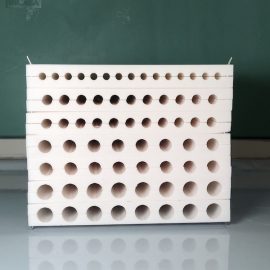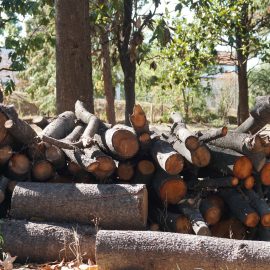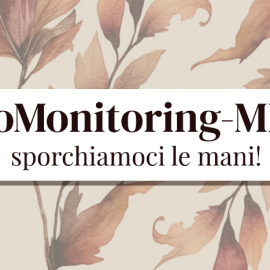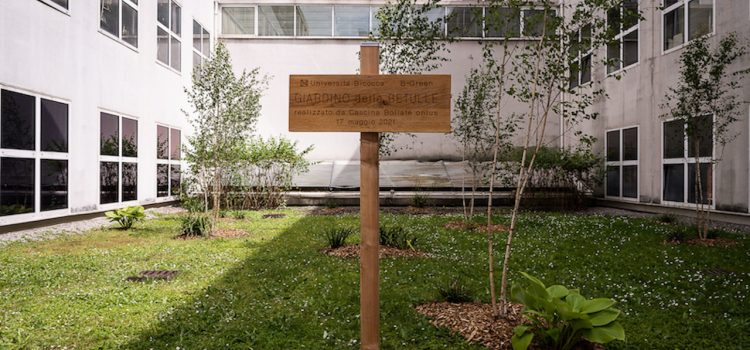
Inauguration of the birch Gardens at U7.
New green spaces for the academic community
The Birch Gardens have been created in the two green spaces on the first floor of the U7 building. This action is one of many being implemented to extend the University's green spaces. Designed to create an urban forest environment capable of reducing heat islands and providing shelter for birds, insects and other animals, the Birch Gardens are among the first areas of the University to be redesigned.
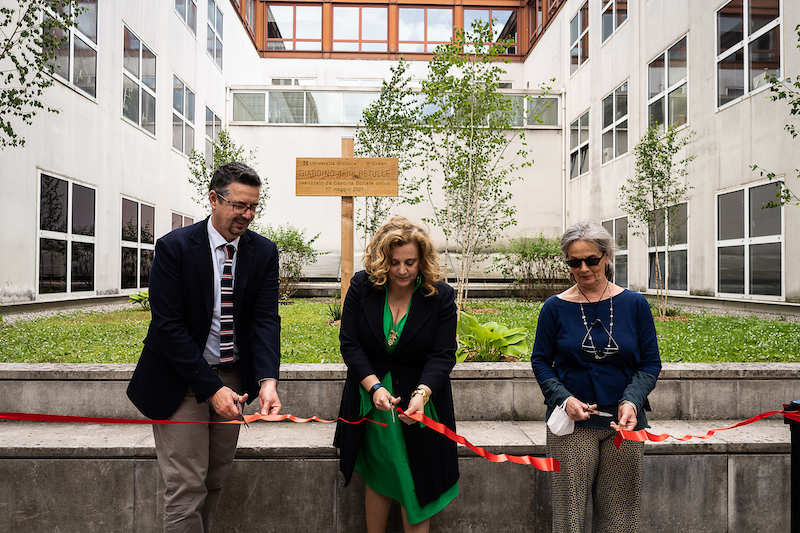
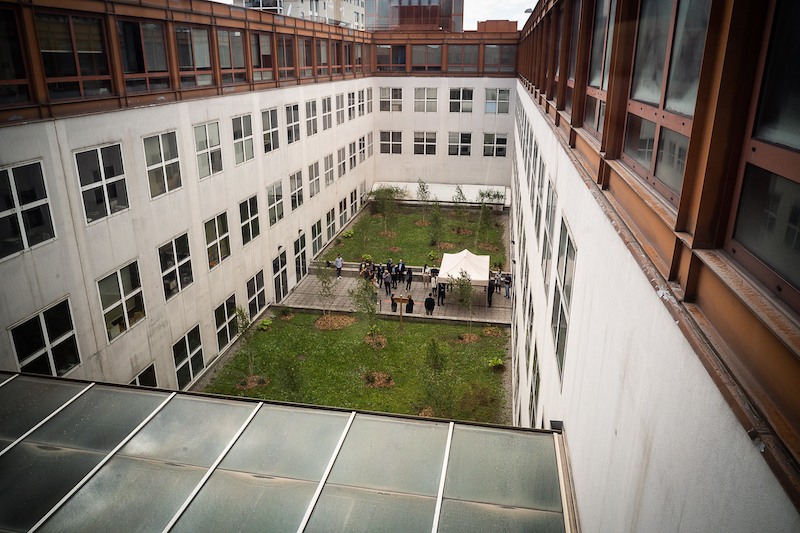
The design and planting of the gardens was carried out in collaboration with the inmates who work at Cascina Bollate, the nursery inside the prison.
The inauguration on 17 May 2021 was attended by:
- Giovanna lannantuoni, Rector of the University of Milano-Bicocca
- Susanna Magistretti, President of the social cooperative Cascina Bollate onlus.
- Massimo Labra, Delegate for Green Areas at University of Milano-Bicocca.
But let's take a closer look at the plants that have been planted in the two U7 gardens.
Young birch trees (Betula pendula) now stand out in the gardens, very resistant plants characteristic of northern hemisphere environments. They are considered to be pioneer species, rapidly colonising open ground, especially following events such as fires. These birches will be able to reach a height of 10 metres, equivalent to the third floor of Building U7, shading the offices and windows that look out onto the birch gardens.
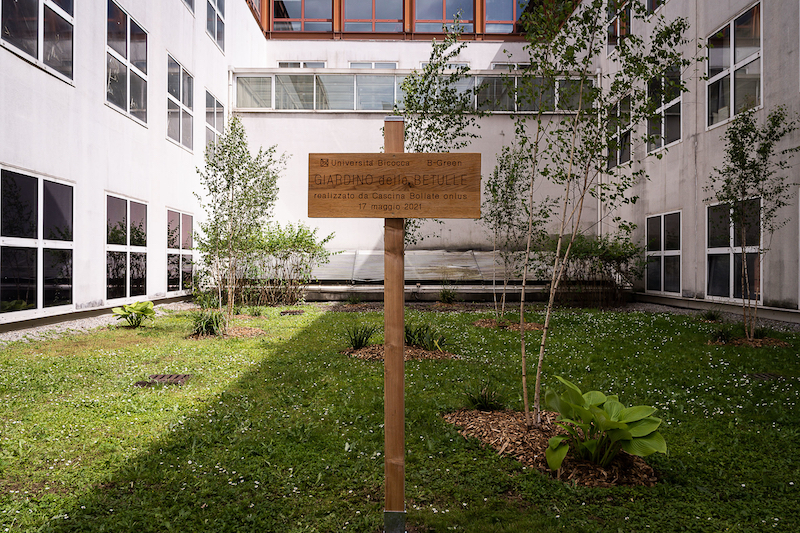
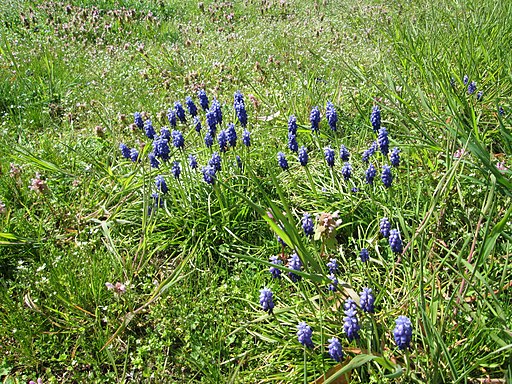
At the base of the birch trees will be planted in the appropriate season (October/November) some plants of the Liliaceae family, the muscari (Muscari armeniacus), very common small bulbous plants, which bloom with their peculiar blue-violet flowers in early spring.
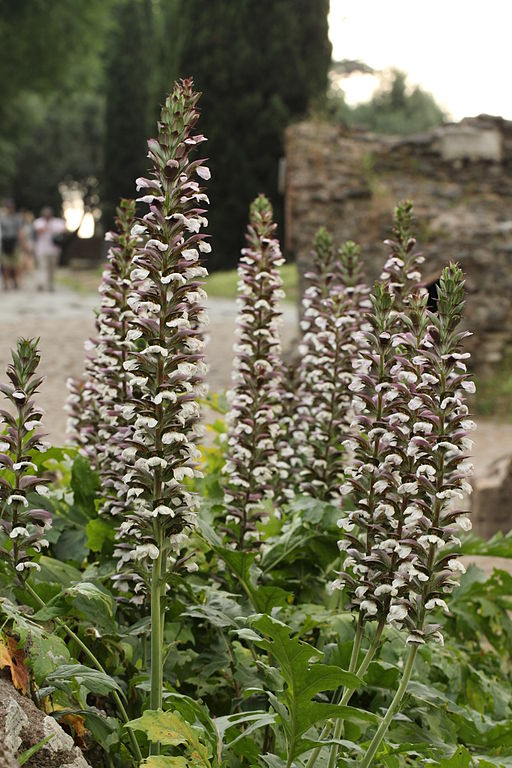
In the garden we also find the acanthus (Acanthus mollis), a perennial evergreen herbaceous plant that flowers in summer with pinkish-white flowers directly from the stem; it is an entomophilous plant, i.e. it is pollinated by insects.
Arum italicum, source Wikipedia Commons
Another plant that can be found is the Italian arum (Arum italicum), a plant of the Araceae family which has white flowers in summer which then turn into very decorative red berries. After flowering, the plant tends to go dormant, then disappears and starts growing again with the first cold weather. The berries and all parts of the plant are poisonous to humans.
In the gardens we also find Trachystemon orientalis, a perennial plant belonging to the Boraginaceae family (note the similarity with the related borage in the blue flowers that bloom in spring), characterised by its large, long leaves that create an abundant undergrowth.
There are also some beautiful bushes of ground elder, known also as bishop's weed (Aegopodium podagraria), characterised by its white flowers and bushes of Hosta, which will flower in summer (Hosta fortunei var. gigantea).
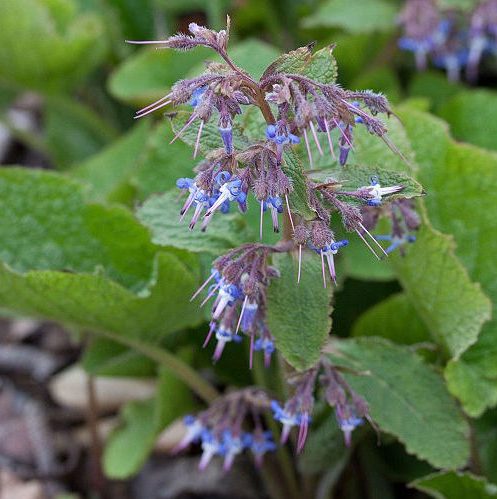
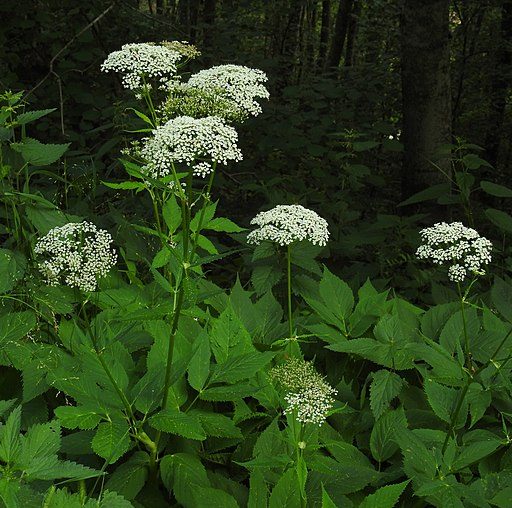

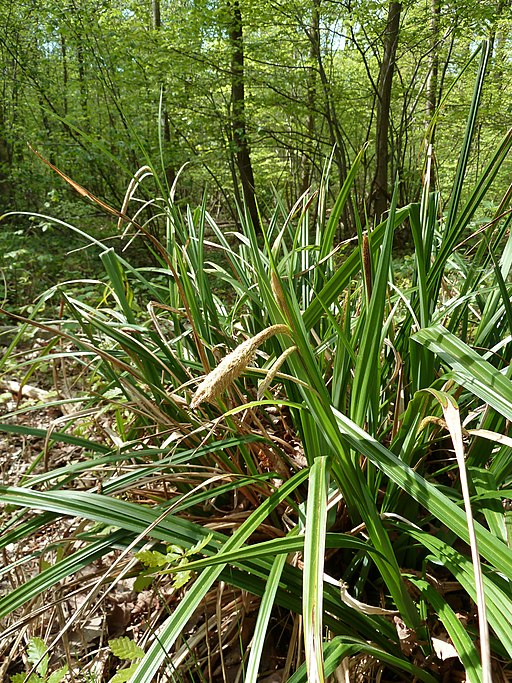
Lastly there is the pendulous sedge (Carex pendula), an evergreen plant that grows in undergrowth and occupies a large area with its voluminous long, arching foliage and characteristic dark flowers.

